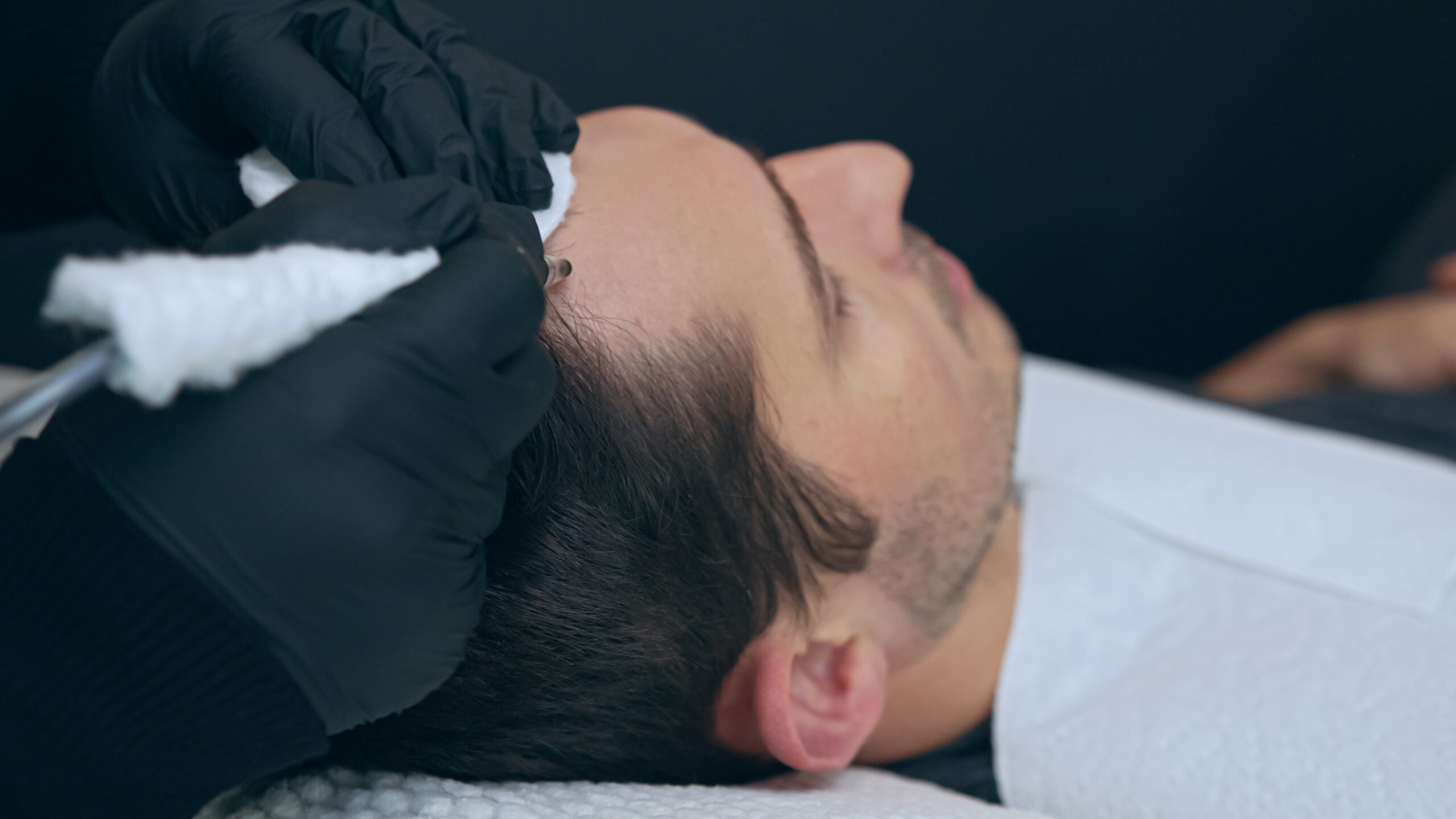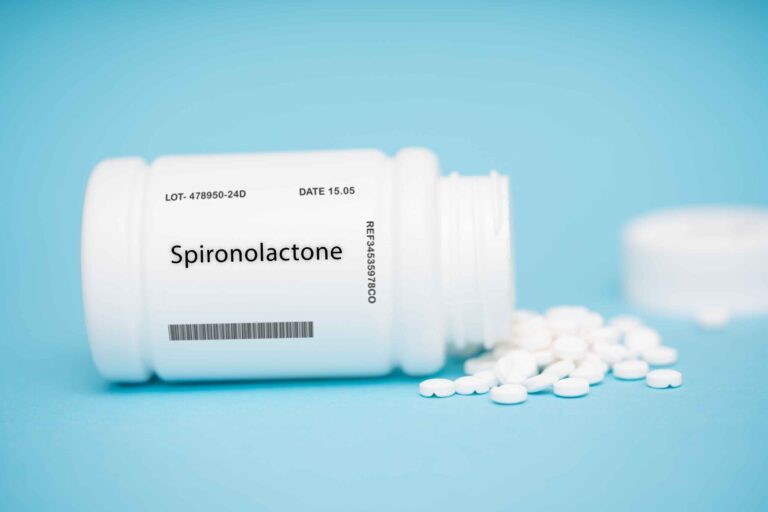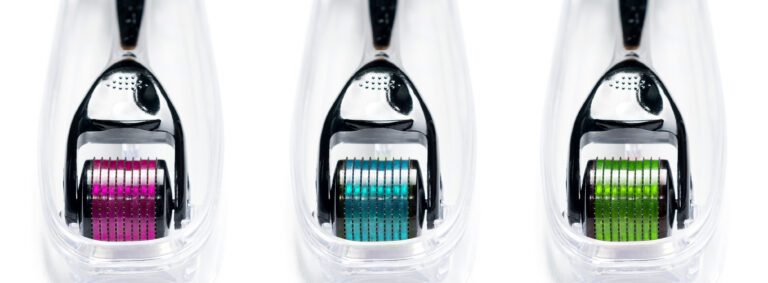Scalp Micro Pigmentation: A Comprehensive Guide
Hair loss is one of the most common concerns out there as it comes in a variety of forms and affects millions of men and women worldwide.
Luckily, however, there are various approaches out there to address hair loss and help overcome the frustration that comes with it.
One of the solutions gaining popularity recently is the innovative scalp micropigmentation. But what exactly is this technique? And how does it work?
This comprehensive guide will help you find out everything you need to know about scalp micropigmentation and its different types, including their benefits, side effects, expectations, etc, so you can decide whether it’s the right approach for you.
What Is Scalp Micropigmentation?
Scalp micropigmentation is a unique non-surgical cosmetic procedure designed to address hair loss.
However, unlike many other hair loss solutions out there, scalp micropigmentation isn’t actually a treatment, as it doesn’t directly address the root cause of hair loss. Instead, it covers its effects by essentially tattooing the scalp.
In fact, besides scalp micro pigmentation, the procedure also goes by other names, including “hair tattoo”, “hair loss tattoo”, and “hairline tattoo”.
While the exact origins of scalp micropigmentation are unclear, it has gained remarkable popularity by the end of the 2000s.
Today, hair micropigmentation is one of the fastest-rising solutions to hair loss in many parts of the world, thanks to its minimal invasiveness and affordability, especially when compared to hair transplant.
How Does Scalp Micropigmentation Work?
As the common names suggest, scalp micropigmentation achieves its effects through a process similar to tattooing, creating the illusion of hair follicles and a fuller hairline.
That being said, scalp micropigmentation isn’t as simple as tattooing the scalp, as the method involves a few essential techniques that stand out.
For instance, unlike traditional tattoo needles, scalp micropigmentation uses much finer needles to deposit pigment into the scalp’s upper dermal layer, which is relatively shallower than a regular tattoo.
Skilled practitioners use a special technique that builds up the illusion of follicles using multiple microscopic dots in varying shades and depths.
They also choose the pigment color carefully to make sure it matches that natural hair color. This results in creating an illusion of natural-looking hair with realistic tone, density, and dimensions.
A Brief Overview of the Scalp Micropigmentation Procedure
One of the best ways to assess whether scalp micropigmentation is the right approach for you is to take a quick look at how its procedure goes. So here’s a breakdown of the whole process:
Consultation and Assessment
The first step of the procedure is booking an appointment to have your hairline assessed by a qualified specialist.
This is essential because it allows the professional to check your scalp condition and hair loss pattern as well as your desired outcome.
The specialist will also walk you through the procedure to help answer any specific questions you might have before scheduling the procedure.
Preparation for the Procedure
Before the procedure, you’ll need to wash your scalp to remove excess sebum, grease, or hair products that might affect the results of the procedure. This is also necessary to minimize the risk of skin infections
Specialists might also apply special creams to provide a soothing effect and reduce inflammation after the procedure.
Micropigmentation and Final Touches
During the procedure, the practitioner will meticulously control the size, depth, and density of the pigment deposits to obtain the desired results.
You should also expect a few breaks mid-session as well as pauses to assess the results and make any necessary adjustments.
What to Expect During and After Scalp Micropigmentation
Understanding the ins and outs of scalp micropigmentation is essential to have more realistic expectations of the procedure and its results. Here’s what you need to keep in mind about the procedure.
Is Scalp Micropigmentation Permanent?
Since scalp micropigmentation is also known as hair tattoo, it’s often referred to as a permanent cosmetic procedure. However, it would be more accurate to call it semi-permanent, as it lasts for a long time but not forever.
As previously established, scalp micropigmentation is usually done with finer needles and deposited at shallower depths, so it fades much faster than regular tattoos.
Ideally, scalp micropigmentation should maintain its quality for up to 7 years, but factors like sun exposure and using lighter pigment tones speed up the fading process.
You can maintain the results by having touch-up procedures every few years or when you notice that one is necessary.
Is Shaving the Head Necessary for Scalp Micropigmentation?
Shaving the head isn’t always necessary for the procedure, as the specialist should be able to work around the existing hairs. Yet, there might be some instances where the specialist will highly recommend it.
For instance, if you typically rock a buzz cut or shorthair look, shaving your head during the procedure will ensure that the micropigmentation looks as realistic as possible.
You should also note that there are some situations where you’ll need to avoid shaving your head for scalp micropigmentation.
For example, if you’re mainly doing it to add density to your thinning hair, the specialist will use the existing hairs as a guide to where the pigment deposits need to be added.
Is Micropigmentation Painful?
Compared to actual tattooing, scalp micropigmentation needles are much thinner and the depth of the prickling is shallower, so you shouldn’t worry about any intense pain.
However, depending on the pain tolerance near your scalp area, you may experience some discomfort during the procedure. The size of the area being treated and the length of the session can also influence how much discomfort you feel.
Luckily, it’s common for specialists to apply topical anesthetic cream to numb the area before the procedure.
How Long Does It Take for the Scalp to Heal After the Procedure?
After the procedure, it’s natural and even expected for the area to appear red and slightly inflamed for a few days.
The redness typically goes away after 2 to 3 days, but it might take up to 7 or 10 days before your scalp fully heals, depending on your natural wound healing rate. Following post-procedure tips will also help you reduce the chances of any complications.
Besides healing quickly, scalp micropigmentation has very limited downtime, so you should be able to resume your normal activities right after the procedure.
How Many Sessions of Scalp Micropigmentation Do You Need?
Scalp micropigmentation behaves a little differently from regular tattoos, and it’s common for the pigmentation to fade in some areas faster than others.
To ensure an even look and stable results, many clients will need anywhere between 2 to 4 sessions. Challenging settings like scarred areas and irregularities typically require more sessions than usual.
The exact number of sessions is typically recommended by the specialist, but it’s up to clients to decide if they want to go along with it.
Before and After Examples
Now that you know more about scalp micropigmentation, you might be interested in some actual results, and luckily, there are various applications and forms of scalp micropigmentation.
For instance, it can increase hair density in balding patterns, including the typical male pattern baldness.
Alternatively, it can be used to give a highly realistic “full head of hair” look while shaved, which can be indistinguishable even from a close distance.
The following video will help you notice the difference it can make and the variety of applications for this technique.
Cost of Scalp Micro Pigmentation
Scalp micropigmentation is typically charged by session, and it should cost you as little as $350 and up to $4,000. The reason why this range is so vast is that there’s a wide variety of factors that influence the final cost.
The main factor affecting the price of a scalp micropigmentation session is the going rates in your region. Reputable clinics and beauty centers in big cities will be more expensive than those in other smaller areas, and they typically use the most advanced tools as well.
The other major factor that affects the cost of a session is the amount of work necessary. This includes needing to treat a larger area in the case of severe hair loss covering the entire head.
More complex areas can also cost more because they require more time and effort even if they’re relatively tiny. For example, in the case of working around scars or irregular heads.
Advantages of Scalp Micropigmentation
Scalp micropigmentation comes with plenty of benefits that make it an excellent choice. In the following section, we’ll take a quick look at some of them:
Minimally Invasive Procedure Compared to Hair Transplant Surgery
A hair transplant is a full-blown surgery that requires a lot of preparation and tools. On the other hand, scalp micropigmentation is a simple procedure that only requires microneedles and local numbing creams to deposit the pigment into the scalp.
In other words, you don’t have to worry about scalpels, stitches, or anesthesia while doing it.
Immediate Results and No Downtime After the Procedure
Another problem associated with hair transplant surgery is the extended downtime, as it might take several weeks to fully recover after the surgery.
As for scalp micropigmentation, the results appear right away and you can pick up on your daily routine almost right away after the procedure.
Naturally Looking Results
The technology and techniques used in scalp micropigmentation are continuously improving to improve its effects and reduce its pain.
Today, the results achieved after the procedure are remarkably realistic, creating an illusion of denser hair or a shaved head.
Suitable for Many Purposes
Scalp micropigmentation can address a variety of hair loss scenarios, not only for men but for women as well.
For instance, you can use it to address receding hairlines, thinning hair in certain areas, hiding the initial stages of male pattern baldness, or even masking a scar on the scalp where the hair doesn’t grow anymore.
Extremely Low Maintenance
Once the initial sessions are complete and the scalp heals, scalp micropigmentation requires minimal upkeep. You’ll typically need no special products or medications to maintain your results.
Widely Available and Great Value for the Money
Although scalp micropigmentation isn’t exactly cheap, it only requires around 2 to 3 sessions for most people.
On the other hand, other techniques might cost less, but the overall price adds up when you consider long-term commitment and maintenance.
Relatively Safe and Limited Risk
Some hair loss medications are highly effective at addressing hair loss but come with plenty of side effects in the long run, including temporary shedding and some sexual side effects (especially 5-alpha reductase inhibitors like finasteride.)
In the case of scalp micropigmentation, you shouldn’t worry about any of these adverse reactions.
Downsides of Scalp Micropigmentation
Despite its advantages, scalp micropigmentation is not a one-size-fits-all solution. Here are some of the drawbacks of the procedure.
Has Its Own Side Effects and Risks
Although the procedure is fairly regarded as safe, it still carries some minimal risks in limited cases. These risks and side effects include:
- Swelling and severe inflammation
- Skin infections if the scalp isn’t cleaned properly
- Blood infections if the tools and needles aren’t properly sterilized
- Allergic reactions (can be avoided by doing an allergy test during the consultation and before the procedure.)
Many of the side effects associated with scalp micropigmentation can be heavily reduced by following post-procedure instructions.
Doesn’t Treat the Root Cause
At the end of the day, scalp micropigmentation is just a cosmetic solution that doesn’t stop the progression of hair loss.
That’s why you might need to use it in combination with other methods to maintain your hair at its current volume.
Choosing the Clinic Is Crucial
Scalp micropigmentation is a semi-permanent solution that can last several years. A poorly done procedure can be quite difficult and potentially costly to remove or correct.
For that reason, quality and expertise should be a priority for you if you want to minimize side effects and post-procedure problems, limiting your options to fairly expensive ones.
Important Scalp Micropigmentation Safety and Aftercare Tips
Following post-procedure instructions is essential if you want to minimize the side effects associated with scalp micropigmentation. Here’s a quick look at some of these tips:
- Avoid exposing your scalp to moisture the first few days and only wash your head when instructed to do so. This also means that you need to wait for your healthcare provider’s go-ahead before resuming heavy workouts to minimize sweating.
- Avoid scratching, picking, or touching the treated area excessively a few days after treatment.
- Only use the hair products that the specialist recommends and make sure they don’t have any irritating chemicals.
- Don’t expose your head to the sun when going outside to minimize irritation.
- Call your doctor immediately if you experience any fever, swelling, or severe pain after the procedure.
- Once the scabbing subsides, you may use a gentle, fragrance-free moisturizer to keep your scalp hydrated.
Who Should Consider Scalp Micropigmentation?
The versatility of scalp micropigmentation makes it a suitable choice for a variety of people. Here are some of the top candidates for this solution:
- People with minimal hair loss that only require extra density in small spots
- Individuals with receding hairlines or minor male pattern baldness
- People who prefer a shaved head look
- Individuals with scars or birthmarks where hair doesn’t grow
Final Thoughts: Is Scalp Micropigmentation Worth It?
Scalp micropigmentation offers a low-maintenance, confidence-boosting solution for a wide range of people suffering from hair loss. While it’s not for everyone it’s still a worthy option to explore if it aligns with your needs.
Remember to always look for a certified professional to ensure high-quality results and check various photos of their previous work before the procedure.







